This week’s theme is butterflies. Our “Growing Minds Day by Day” educational resource lists are designed for families and educators.
Books:
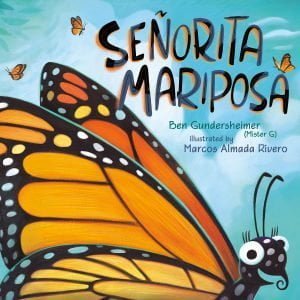 Señorita Mariposa
Señorita Mariposa
By watching a read-aloud of this week’s first recommendation, Señorita Mariposa by Ben Gundersheimer (Latin Grammy award-winner Mister G), children will learn about the incredible journey that Monarch butterflies embark on each year, spanning from Canada to Mexico. This beautifully illustrated, lyrical rhyming story is told in both English and Spanish. Stick around at the end of the story for a bilingual sing-along!

Velma Gratch & the Way Cool Butterfly
Our next recommendation is Velma Gratch & the Way Cool Butterfly by Alan Madison and Kevin Hawkes (available for check-out from our Growing Minds library). Velma has just started first grade and is trying to live up to the expectations set by her two marvelous older sisters. But no one even remembers poor Velma’s name! That all changes when she takes a class trip to a butterfly conservatory and a monarch perches on her finger and refuses to budge for days!
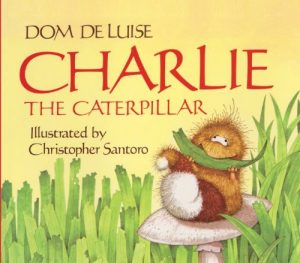 Charlie the Caterpillar
Charlie the Caterpillar
Our final recommendation this week is Charlie the Caterpillar by Dom Deluise. Each time Charlie asks to play with a new group of animals, he’s told he’s not welcome—because he’s ugly. As winter approaches, Charlie spins himself a cocoon. When spring arrives, the cocoon opens and out comes Charlie—transformed into a beautiful butterfly. Now everyone wants him to be part of their group. What will Charlie do about these fair-weather friends? Watch a read-aloud on YouTube to find out.
Find more books
Looking for more garden-themed children’s books? Visit the Growing Minds’ farm to school literature database to browse our recommendations. Type “butterflies” or “insects” into the search bar to find books that align with this week’s theme. Type “diversity” into the search bar to find books that feature characters from underrepresented racial and ethnic groups, many of which are written by authors of color.
Local Food Recipe:
Summer squashes (like zucchini) are Growing Minds’ Get Local product of the month for June. Whip up a side dish of this local zucchini coleslaw for your next summer picnic or barbecue.
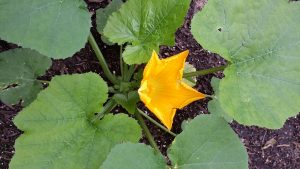 Pollinator connection…while we usually refer to zucchini and other summer squashes as vegetables, they’re actually fruits that contain the seeds of the zucchini plant. Before a zucchini flower (also called a squash blossom) can transform from a large yellow flower to a fruit, it has to be pollinated by a bee or other pollinating insect. Pollinators visit flowers to collect nectar, and in the process of feeding they spread pollen from flower to flower.
Pollinator connection…while we usually refer to zucchini and other summer squashes as vegetables, they’re actually fruits that contain the seeds of the zucchini plant. Before a zucchini flower (also called a squash blossom) can transform from a large yellow flower to a fruit, it has to be pollinated by a bee or other pollinating insect. Pollinators visit flowers to collect nectar, and in the process of feeding they spread pollen from flower to flower.
Zucchini Coleslaw
Serves 4-6
Ingredients:
- 2 cups local zucchini, coarsely grated
- 2 cups cabbage, shredded
- 1 large carrot, coarsely grated
- 2 green onions, chopped
- 1/2 cup radishes, thinly sliced
- 1/3 cup plain yogurt
- 1/3 cup mild salsa
Directions:
- Drain zucchini by pressing between layers of paper towels.
- Put zucchini in a large bowl. Add cabbage, carrot, onions, and radishes.
- In a small bowl, combine the yogurt and salsa.
- Pour dressing over vegetables and toss well.
- Cover and chill for at least one hour.
Kids can…help rinse and grate the zucchini and carrots, measure and mix the dressing ingredients, and stir everything together.
 Educational Resources:
Educational Resources:
Raise your own butterflies!
If your family has never raised its own butterflies at home, we highly recommend ordering a Live Butterfly Kit this summer. Caterpillars will arrive in the mail within a few days of ordering. This immersive science project is a hands-on way for children to learn about butterfly life cycles, practice their observation skills, and learn how to care for living creatures. Visit Insectlore.com to browse their live insect grow kits.
Pollinator Activities from Kids Gardening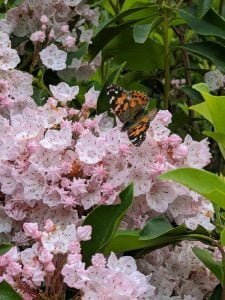
KidsGardening.org has tons of great garden activities and lesson plans. Check out their Tips for Creating a Pollinator Garden that will welcome a diversity of pollinators (think butterflies, but also bees, beetles, hummingbirds, and more), as well as their Pollinator Journal activity, where you can download and print a kid-friendly pollinator journal. Finally, learn about how butterflies visit puddles to drink water and obtain essential nutrients, then follow their instructions for making a Butterfly Puddle to add to your pollinator garden.
NC State: Butterflies in Your Backyard
Visit NC Cooperative Extension’s “Butterflies in Your Backyard” page to learn about common butterflies of North Carolina, discover interesting butterfly facts, and explore native plants that can attract butterflies to your garden.
 Activities:
Activities:
Craft: Plastic Bag Butterfly
Gather the following supplies: a wooden clothespin, 6-inch pipe cleaner, 2 wiggly eyes, poster paint and a paintbrush, white glue, gallon-size plastic bag, stapler, and colorful pieces of tissue paper, confetti and/or glitter.
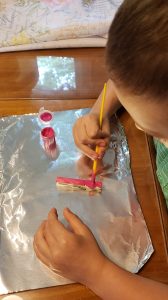 Directions:
Directions:
- Paint the clothespin any color and let dry.
- Fill the plastic bag lightly with colorful bits of tissue paper, confetti and glitter. Fold the open end of the bag over and staple along the fold to hold it shut.
- Gather the bag together at the center and slide it in between the clamps of the clothespin.
- Shape the ends of the pipe cleaner into an antennae. Glue the center of the pipe cleaner between the clamps of the clothespin.
- Glue the wiggly eyes onto the top of the clothespin near the antennae. Enjoy your beautiful butterfly!
Dramatic Play: Be a Butterfly!
Your children will have a great time acting out the amazing transformation of these incredible insects. Spread out a blanket on a carpeted area. Have your children start a few feet away and crawl on the floor like a caterpillar towards the blanket. When they reach it, have them roll up in the blanket (to make their chrysalis) and count to five. Then have them emerge from the blanket and pretend to fly away like a butterfly, using the blanket as their wings.
Garden Activity: Caterpillar Planter
Cut a biodegradable paper egg carton into four caterpillar shapes, leaving three egg wells per caterpillar. Poke a few small holes in the bottom of each well. Children can use markers to decorate the outside of their caterpillar or draw faces and legs. Once they’ve been decorated, fill with soil and let each child plant three seeds in their caterpillar. Caterpillars should be placed in a sunny window. Children can tend their planters by watering regularly to keep the soil moist. After the seeds have sprouted, designate a special “caterpillar spot” in the garden and have children transplant their seedlings. Because the egg cartons are biodegradable, the entire caterpillar can be buried in the soil. Divide the egg wells for plants that require more space.
 Sensory Gardens:
Sensory Gardens:
Infants and toddlers learn about the world through their senses: touch, sight, sound, taste, and smell. Creating safe, diverse and developmentally appropriate outdoor learning environments can offer benefits across curriculum and developmental areas. Infants and toddlers are often thought of as “too young” to be involved in gardening, but they can be engaged through watering, harvesting, digging, and exploring worms, insects and birds. The best way to help children of these ages benefit from a garden experience is through their senses. Learn more about how you can create your own “sensory garden.”
That’s it for this week. Be sure to check back next week for new resources. Click here to access Day by Day resources from past weeks. If you didn’t find what you’re looking for here, be sure to check out our Lesson Plans page.
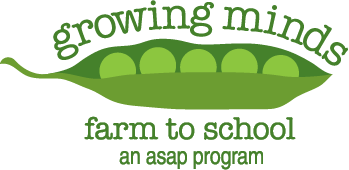
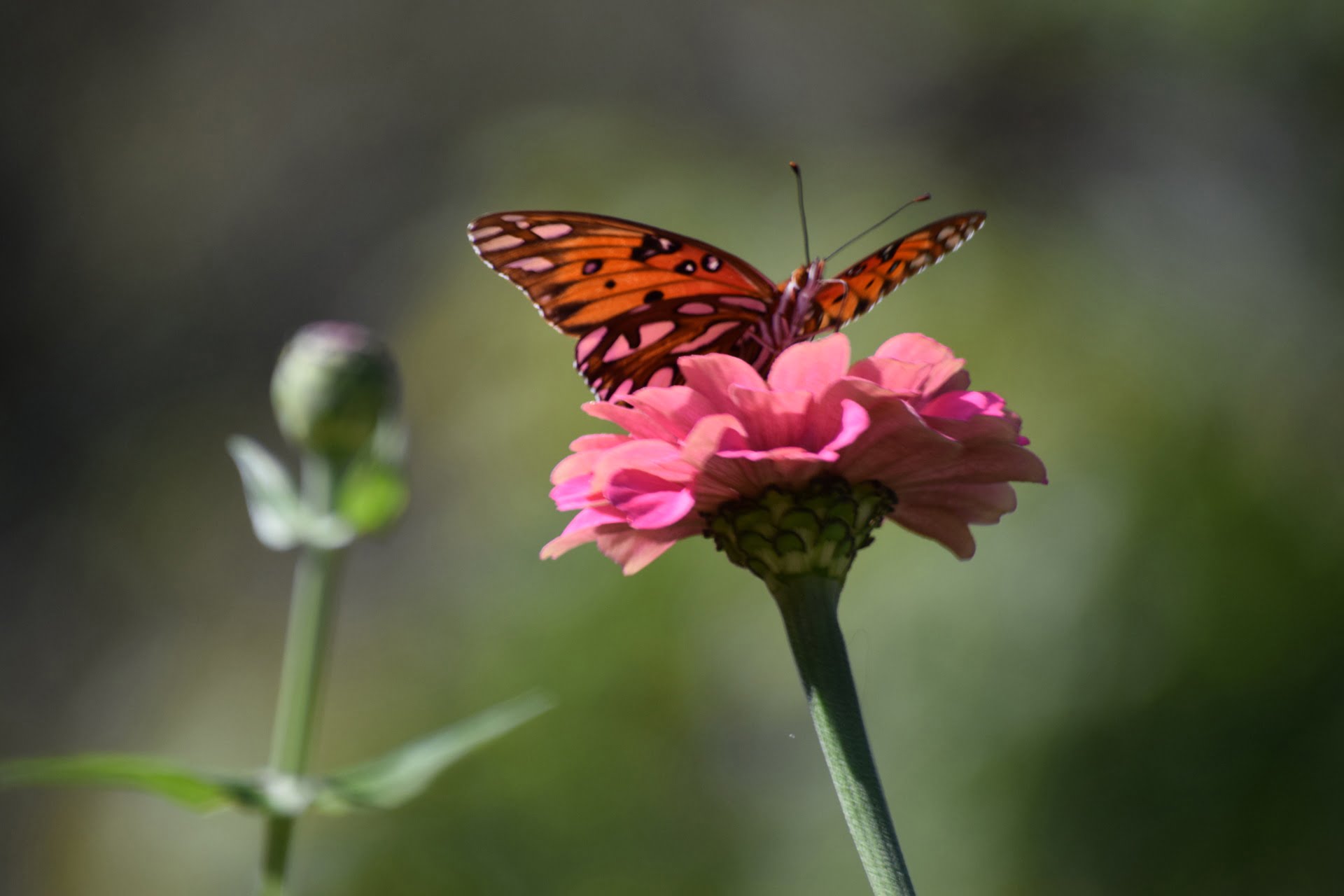
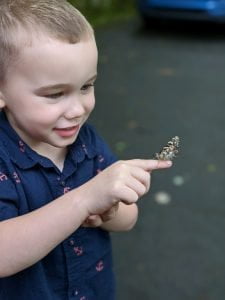 Educational Resources:
Educational Resources: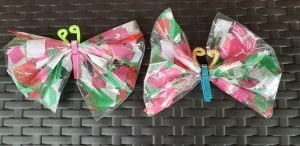 Activities:
Activities: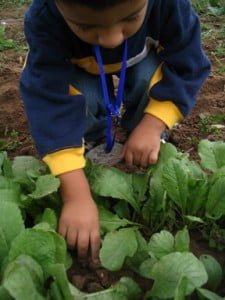 Sensory Gardens:
Sensory Gardens: